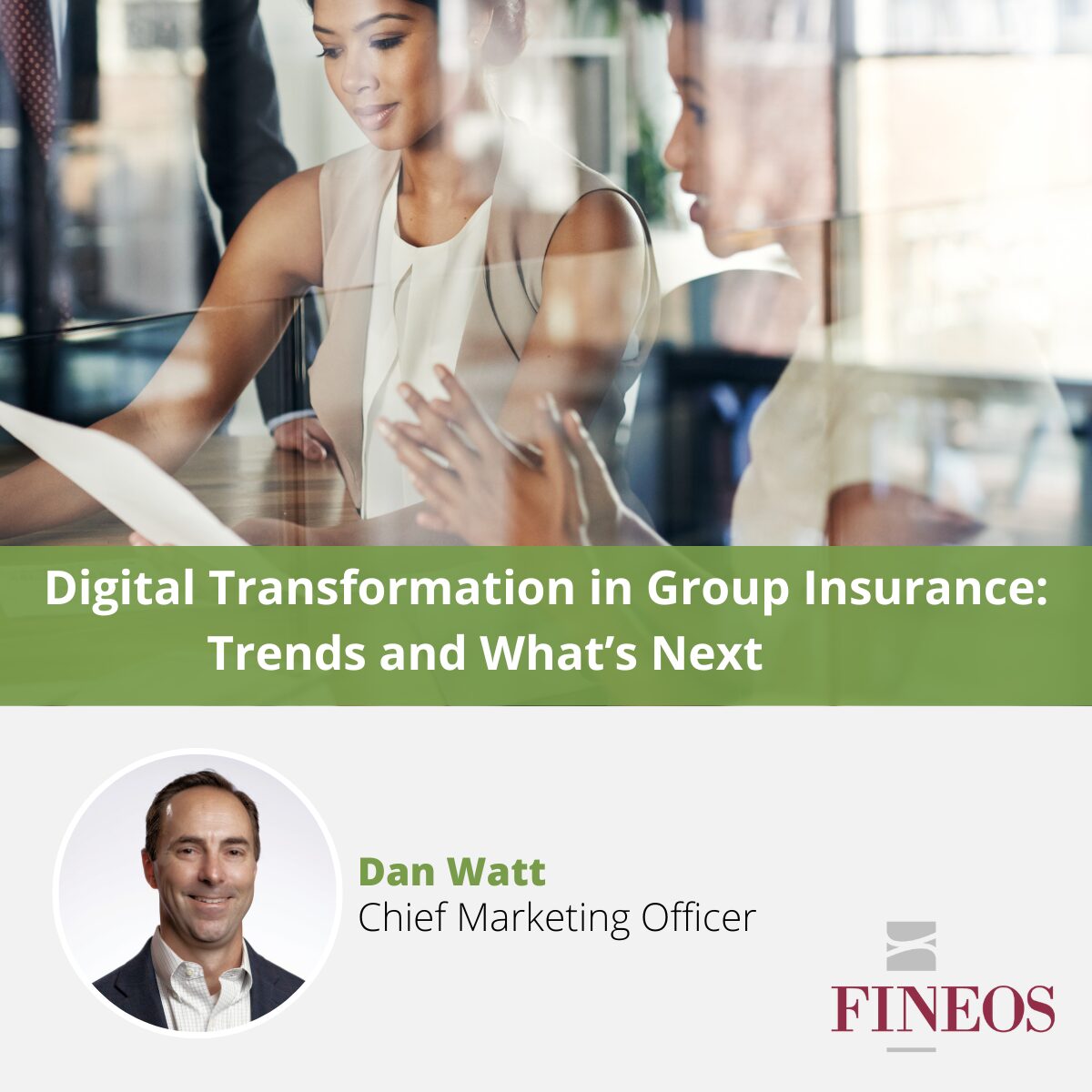Put yourself in your claim advocate’s shoes.
You just received a call from Jill. She’s an employee on maternity leave, looking to confirm her coverage. She lives in a state with paid family leave, she’s eligible for short-term disability insurance through her employer, and her employer also offers a specialty pregnancy-leave perk. With so many overlapping benefits, she’s unsure of when exactly she’ll need to return to work — and she needs your help.
Jill’s confusion is warranted: navigating paid and unpaid absences is a complex process, and it’s constantly shifting due to various federal, state, and municipal regulations. Unfortunately, the system you use isn’t equipped to quickly and easily offer Jill the crucial information she’s looking for, so she ends your call frustrated and worried.
Ultimately, your inability to quickly answer Jill’s question isn’t your fault. The legacy system that your insurer uses wasn’t designed to provide these answers. It’s over 30 years old, while the market — and world — have evolved considerably since then.
As the insurance industry has become more customer-focused and individualized, benefits products have evolved, and the product portfolio has grown. On top of that, everything is going digital and on-demand.
Focusing on the individual
Jill’s unanswered question highlights insurers’ need to drill down to the individual level to provide customers with the answers — and coverage — they’re seeking.
When many of these old systems were created, insurers didn’t think in terms of people; they thought of employers and their employees as groups (e.g., union employees, exempt employees, etc.). Each of those groups had a set of simple and streamlined products available to them (i.e., medical, dental and short/long term disability).
But with the explosion of voluntary insurance products available today, employees must be managed as individuals, not groups. An individualized approach is the only way to make sure you’re meeting the needs of your customers. You need to know what programs an employee elected during open enrollment and what employee-paid voluntary products they chose so you can better market and service them. But to do that, your core system needs to be capable of handling the insurer/employer/employee relationship and the complex value chain that comes with it.
A changing product portfolio
Jill’s question about maternity leave coverage is a case of integrated disability and absence management (IDAM), which combines government-mandated programs and traditional employee benefits risk-based products. Absence management must be handled on a case-by-case basis due to differing government regulations that depend on where the employee lives; there are also overlapping jurisdictions within cities to consider.[1] If the employee is in the military or is a government employee, there are additional factors to consider regarding controlling jurisdiction and coverage interaction.
Benefits portfolios have grown in other ways, too. New, on-the-rise products, such as pet insurance,[2] that used to be treated as casualty products, are now often brought into employee benefit coverage by insurers. Growing voluntary product portfolios are stretching core insurance systems to the brink, and insurers with older systems are experiencing friction and pain.
The previous big money-makers for insurers were universal life insurance, whole-life insurance, annuities, and pension products like 401(k)s. Now, between flat interest rates and a new focus on income protection post-COVID, there’s been a shift to short- and long-term disability, critical illness, hospital indemnity, and accident indemnity.[3] Those voluntary products are becoming more diversified and complex, demanding more education and direct digital service.
The issue: Legacy systems are struggling with the way people want (and need) to do business today.
The digital experience
The biggest change to the way insurers — and most businesses — operate now is the ubiquity of the internet. Customers expect everything to operate like Google, Amazon, and the other online juggernauts.
Legacy employee benefits systems simply aren’t set up for the always-on nature that’s expected today, but customers want that digital experience from their insurance providers. Insurance companies want to provide this level of service to their customers, but if their core systems are outdated, they can’t.
Privacy protection is another important issue in the digital age. Employee benefits companies have access to more personal information than most companies, including medical histories, family histories, and financial information.[4] An old system isn’t generally encrypted in place or in flight, which makes it a sitting duck for bad actors looking to steal sensitive information. In the modern world, every element of the insurer’s system must be protected with in-depth defenses to keep customers safe.
Keeping up with the times
What Jill and her employer are looking for is an insurer who understands her unique needs both in the moment and for the long term. As the world becomes more complex, benefits administration systems must also evolve to meet Jill’s — or any customer’s — needs.
Find out how to move on from your outdated legacy administration systems to a modern, purpose-built, customer-centric core product suite by contacting FINEOS.
[1] SHRM, “Coordinating Leaves of Absence,” Accessed April 18, 2022.
[2] Cision, “Pet Insurance Market Size Worth $32.7 Billion by 2030 | CAGR 16.7%: Grand View Research, Inc,” Feb. 23, 2022.
[3] The Rough Notes Company, “Coverage Plays an Important Role in Contemporary Employees’ Financial Security,” June 27, 2018.
[4] LBMC, “Cybersecurity and Employee Benefit Plans,” March 14, 2020.


